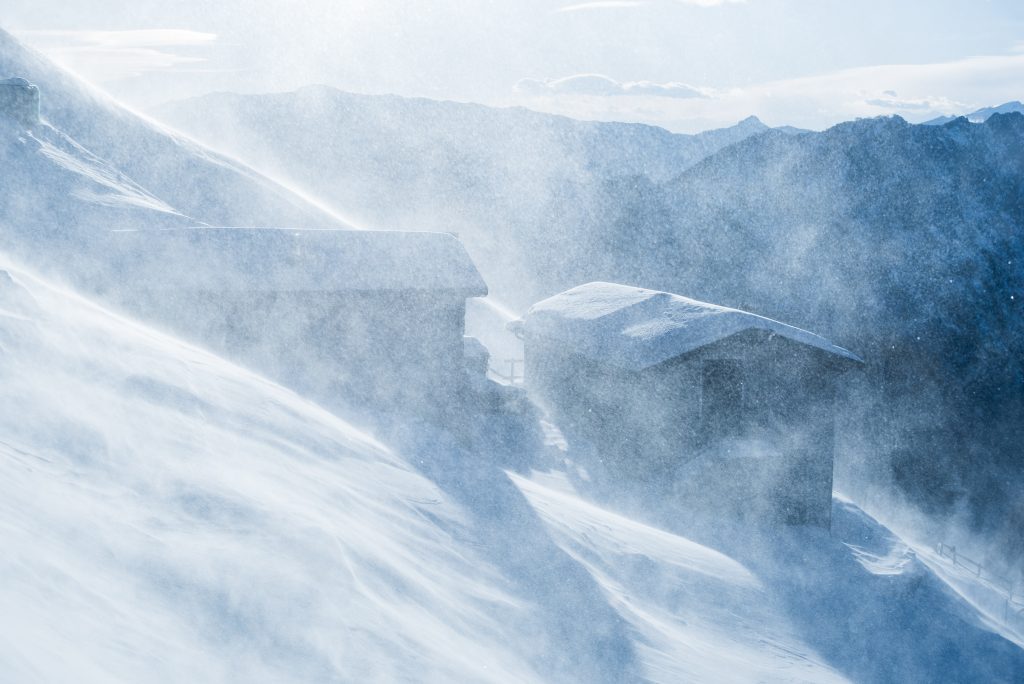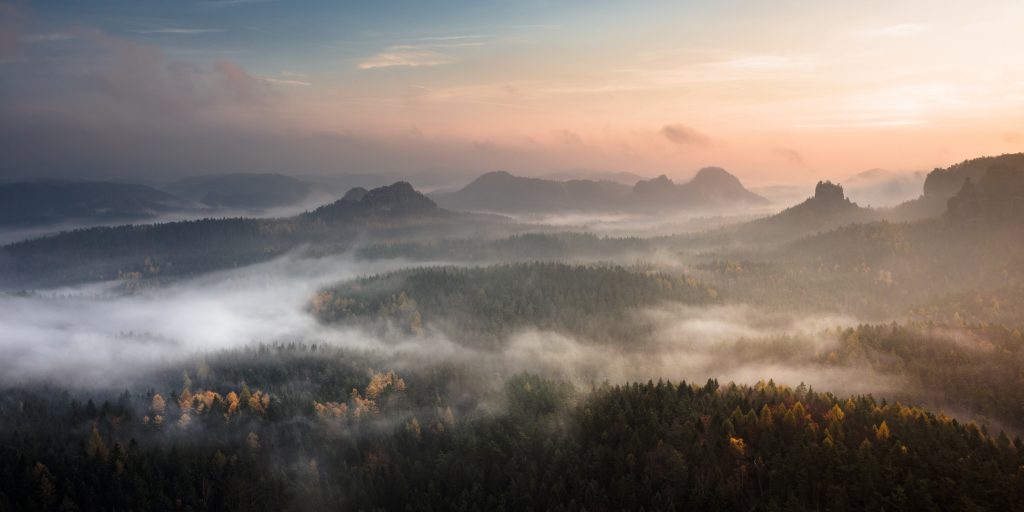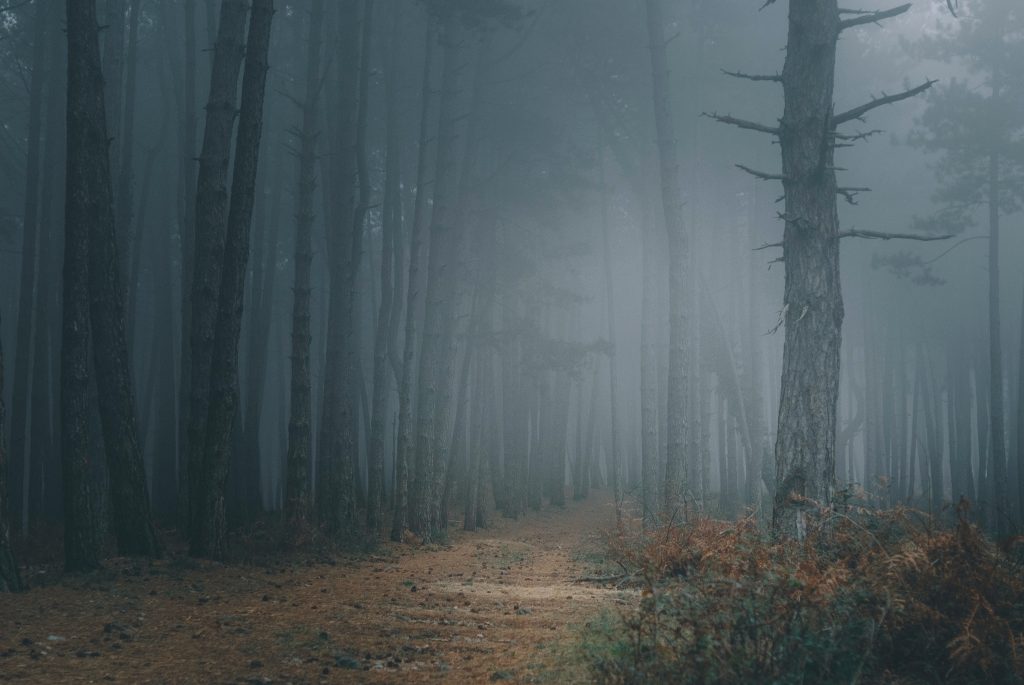Weather photography is a subtype of nature photography that focuses on weather-related phenomena. It includes everything from extreme meteorological events (e.g., storms, hurricanes, lightning, blizzard, etc.) to everyday weather conditions (e.g., sunrise and sunset, rain, dew, fog, clouds, etc.). In 2021, Giulio Montini was awarded the weather photographer of the year. The photograph that brought him the award was taken in Italy and captured the morning mist on an autumn day. Having plenty of subjects to choose from is not the only reason to become a weather photographer. Here are 5 reasons to choose weather photography.
Find Beauty in the Ordinary
We are so used to weather that we don’t even notice it most of the time. Or worse, we blame bad weather for not being able to take good photos. The problem is on our side. A photographer should see the beauty of ordinary everyday life and find a way to capture it.
Weather photography teaches you to get out of your comfort zone and embrace nature. All you have to do is get your camera and go outside. Walk at a slow pace and observe what happens around you. Day after day, the scenery changes and reveals new subjects for your photographs. Instead of hurrying to your camera when you spot a rainbow, learn to find beauty in every phenomenon.

Photo by Demi Kwant on Unsplash
Stay Connected with the Environment
Weather photography is a great way to build a strong connection with the environment. By experimenting with all seasons and weather conditions, you get to understand the rhythm of nature. Therefore, you start noticing any tiny change. Many weather photographers are raising awareness of climate change, air and water pollution, global warming, etc.
You can easily mix weather photography with other types of photography such as documentary, photojournalism, reportage, and travel photography. Try to capture more than a rare or aesthetic phenomenon and build up your storytelling skills.
Create Dramatic Compositions
Meteorological phenomena inspire and create the perfect conditions for inviting drama into your photographs. For example, snow and freeze help you explore high-key photography and intentionally overexpose your photos. Clouds and fog help you explore long exposure and create dreamy compositions. Rain can wash out colors and add another dimension to your visual story.
Extreme weather conditions are even more dramatic. Lighting can easily be the main subject of composition and steal all the attention. Look for unusual angles and perspectives, try to follow the rules of composition, and create appealing photographs regardless of the intensity of the subject.

Photo by Alessio Soggetti on Unsplash
Take Landscape Photography to the Next Level
Landscape photography benefits a lot from including weather in the frame. Paradoxically, landscape photographers are usually afraid of weather ruining their photos. But rain, snow, or wind add motion and fluidity to a composition. They enrich the story and add a sense of depth. Moreover, they add drama and create a mesmerizing atmosphere.

Photo by Artem Sapegin on Unsplash
Explore Your Creativity
Weather photography doesn’t require a particular type of gear or technique. You can choose any style from macro to fine art, panorama to aerial, black and white to film. It allows you to explore unconventional methods, freeze or create motion, follow the rules of composition or break them entirely. Weather photography helps you build your style and embrace creativity.

Photo by Egor Myznik on Unsplash
Choosing a particular photography style is a personal choice. Any type of photography is rewarding and deserves a chance. So, try to figure out what you want to photograph and why. Explore the art of photography step by step, and it will lead you where you need to go.
Cover photo by Marc Thunis on Unsplash
If you need some inspiration or to see just how weather can make drama in photos check out this guy, Nick Page he is an honest hard working photographer who has inspired me for years now.

